

- tech.marksblogg.com OpenStreetMap's New Vector Tiles
Benchmarks & Tips for Big Data, Hadoop, AWS, Google Cloud, PostgreSQL, Spark, Python & More...
- www.nature.com Mapping the ionosphere with millions of phones | Nature
The ionosphere is a layer of weakly ionized plasma bathed in Earth’s geomagnetic field extending about 50–1,500 kilometres above Earth1. The ionospheric total electron content varies in response to Earth’s space environment, interfering with Global Satellite Navigation System (GNSS) signals, resulti...
- phys.org Large meltwater accumulation revealed inside Greenland Ice Sheet
A new study published in Nature unveils a surprising discovery: a substantial amount of meltwater is temporarily stored within the Greenland Ice Sheet during summer months. For the first time, an international group of researchers was able to quantify meltwater with positioning data. The finding cha...
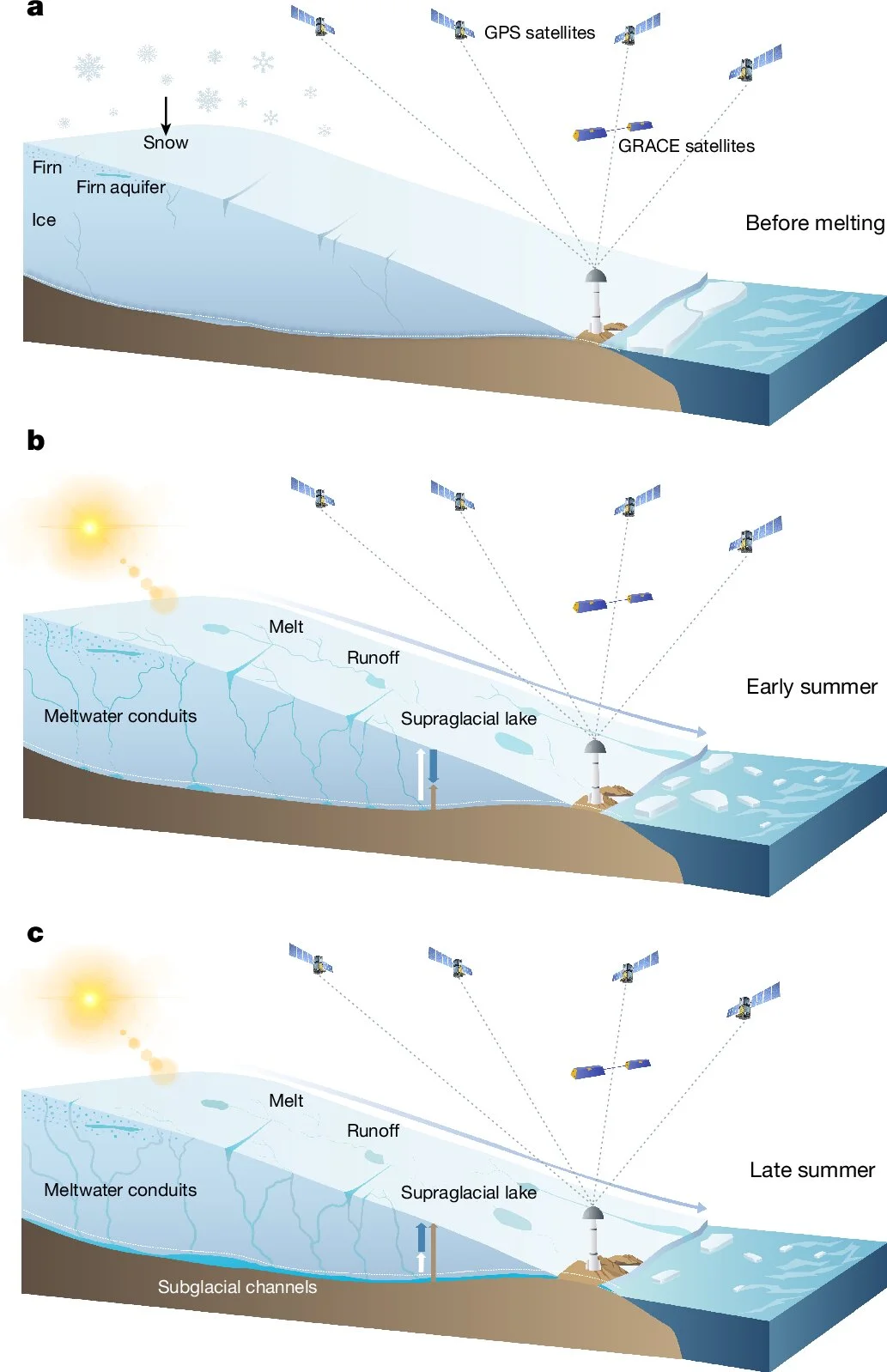
-
Contribute network location data to get location everywhere without sattelites!
tux.social Rhababerbarbar (@Rhababerbarbar@tux.social)Wie geht einfache schnelle Standortbestimmung überall,, auch in Gebäuden und ohne Satteliten? Hier hilft #NLP (network location position), also Standortbestimmung ohne #GPS oder #AGPS Mithilfe von Datenbanken kann dein Handy dir so sagen, wo du bist, aufgrund von umliegenden Mobilfunktürmen, WLan...
Opensource geodata of celltowers, wifis and bluetooth beacons is crucial.
It allows apps like UnifiedNLP to give the OS the location data it needs, without relying on GPS Sattelites.
GPS can be tampered with, and A-GPS is not privacy friendly at all.
UnifiedNLP is only found included in microG, which is pretty insecure.
But GrapheneOS devs are working on a regular user app that serves network location data, using Apple, Apple (proxied) or a local BeaconDB database!
BeaconDB is a new service to replace MozillaLocationServices which has shut down unfortunately.
Apps like TowerCollector dont yet support it, but NeoStumbler does, and also has more advanced features.
Collect network info in your region, and in the future you (and everyone else using it) dont need GPS anymore!
(You can also use the screenshots in that mastodon thread as reference)
- phys.org First greenhouse gas plumes detected with NASA-designed instrument
The imaging spectrometer aboard the Carbon Mapper Coalition's Tanager-1 satellite has identified methane and carbon dioxide plumes in the United States and internationally.

- www.hurricanetracker.net Hurricane Milton Tracking Console | Milton Spaghetti Models, Track Forecast Cone, Path, Wind Maps — Hurricane Tracker
Get updates on Hurricane Milton with comprehensive maps and charts, including cone forecasts, spaghetti models, radar, satellite imagery, pressure maps, wind shear maps, and more. Stay informed and track the storm’s progress in real-time with hurricanetracker.net. Essential for weather enthusiasts a
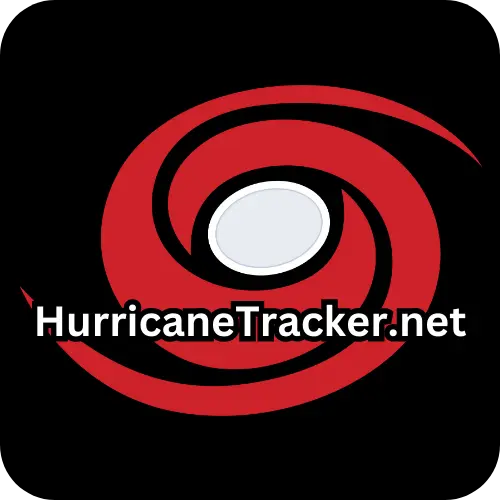
- satlib.cira.colostate.edu Hurricane Milton’s Clear, Breathtaking Eye - RAMMB-CIRA Satellite Library
On October 8, 2024, Hurricane Milton presented a clear, breathtaking eye over the Gulf of Mexico. Milton’s eye wall contained powerful winds of 165 mph (265 km/hr) as a Category 5 storm. More imagery of Hurricane Milton can be found on its event page.
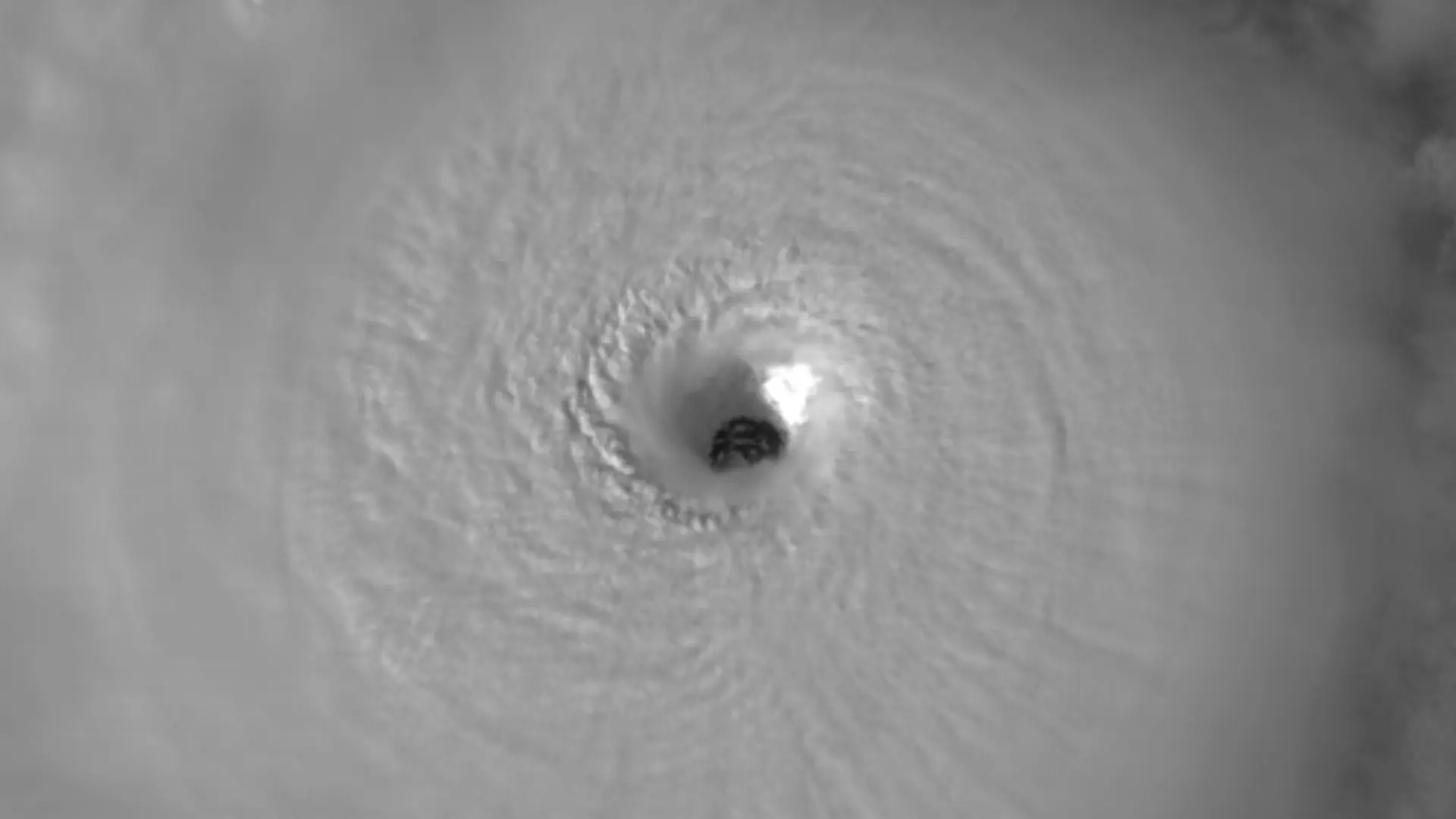
- www.usgs.gov End of an era: Historic Landsat 7 mission takes final images | U.S. Geological Survey
RESTON, Va. — After more than 132,000 trips around the Earth and more than 3.3 million satellite images under its belt, the work of the Landsat 7 satellite is complete, even as the Landsat science mission continues with newer satellites.
- www.techdirt.com Report: Low Earth Orbit (LEO) Satellite Systems Like Starlink Cause Environmental Harm Regulators Didn’t Prepare For
Last June scientists warned that low-Earth orbit (LEO) satellites constantly burning up in orbit could release chemicals that could undermine the progress we’ve made repairing the ozone layer. Rese…

- hakaimagazine.com Rice Farming Gets an AI Upgrade | Hakai Magazine
Agricultural drones are transforming rice farming in the Mekong River delta, cutting down the amount of pesticides and fertilizers that wash into the ocean in the process.
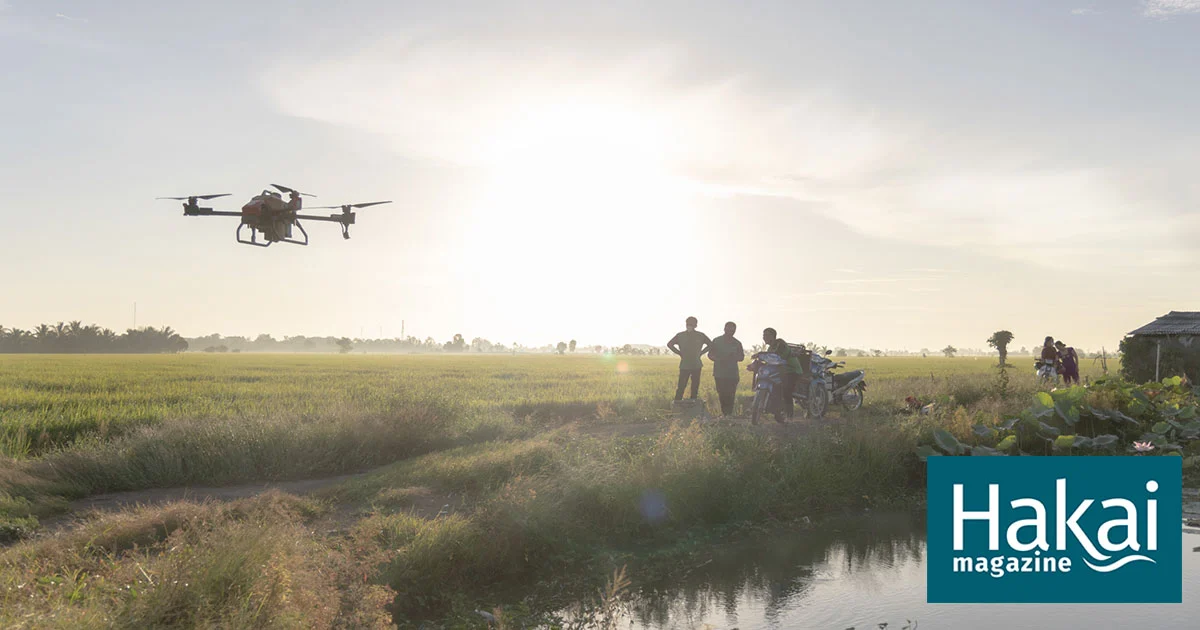
- hackaday.com Mapping Litter In The Oceans From Space With Existing Satellites
Recently ESA published the results of a proof-of-concept study into monitoring marine litter using existing satellites, with promising results for the Mediterranean study area. For the study, six y…
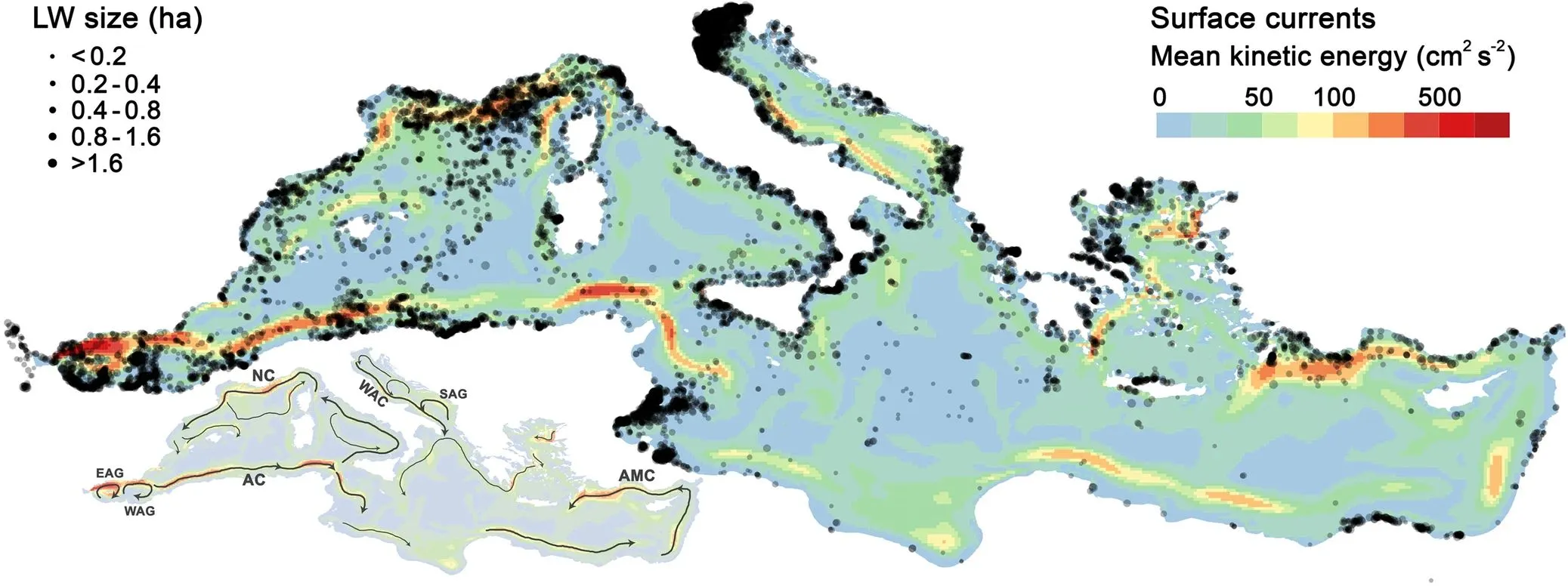
- www.princeton.edu Princeton astrophysicists re-imagine world map, designing a less distorted, 'radically different' way to see the world
Princeton Professors J. Richard Gott and Robert Vanderbei, in collaboration with David Goldberg of Drexel University, have designed a two-sided disk that minimizes the flaws of traditional flat maps.
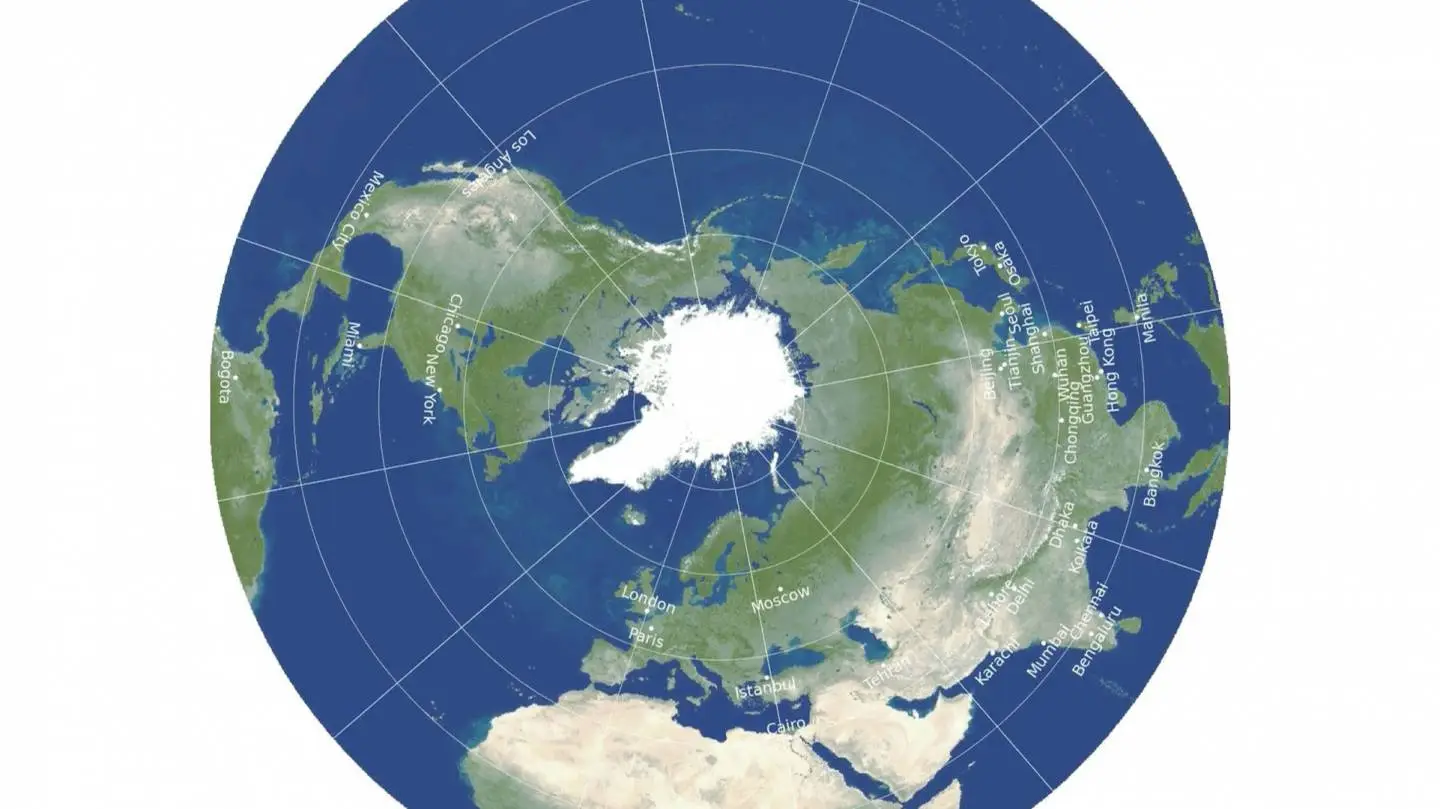
- www.allaboutcircuits.com How Do Satellites Communicate with a GPS System? A Look at the GPS Antenna - Technical Articles
Antennas provide the wireless linkage required for any satellite-based system. Here's a look at the many antennas of GPS.
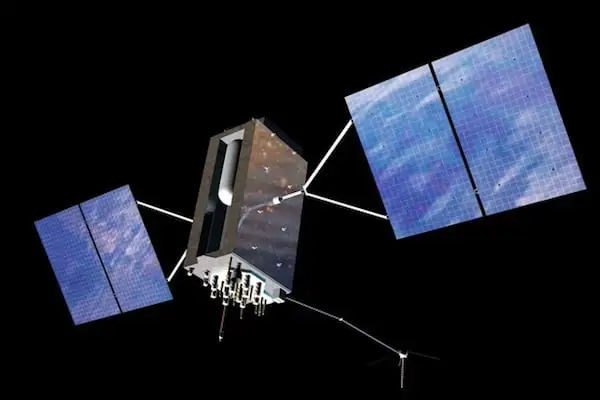
- spectrum.ieee.org ESA Satellites to Test Razor-Sharp Formation Flying
Proba-3 will make its own solar eclipses—and assess precision orbital tech

- eos.org New Seafloor Map Only 25% Done, with 6 Years to Go - Eos
Beneath the waves, the vast majority of the ocean is unknown. Seabed 2030 is using cutting-edge technologies to fill in the bathymetric blanks and fully map the seafloor.
